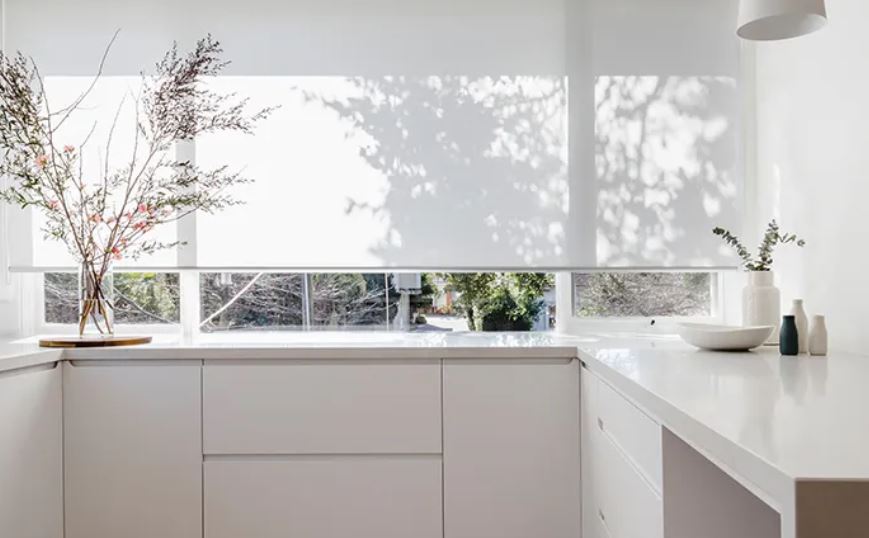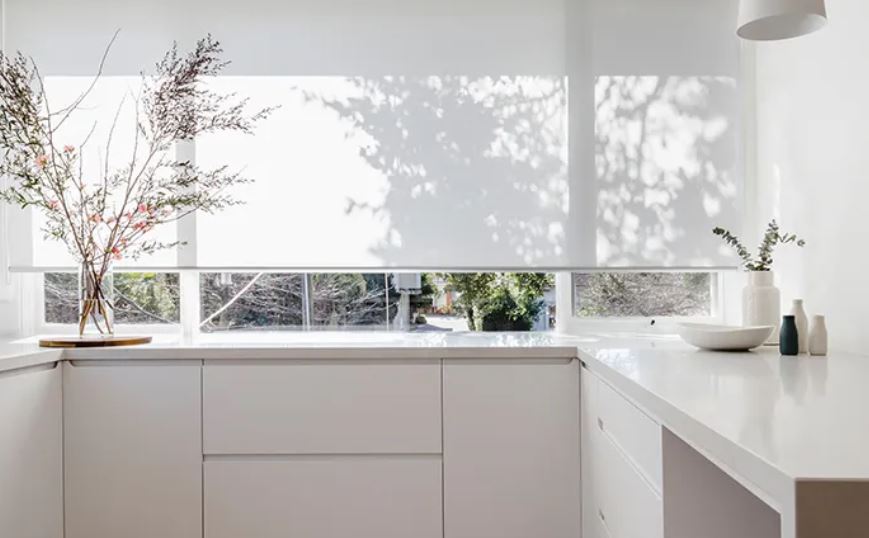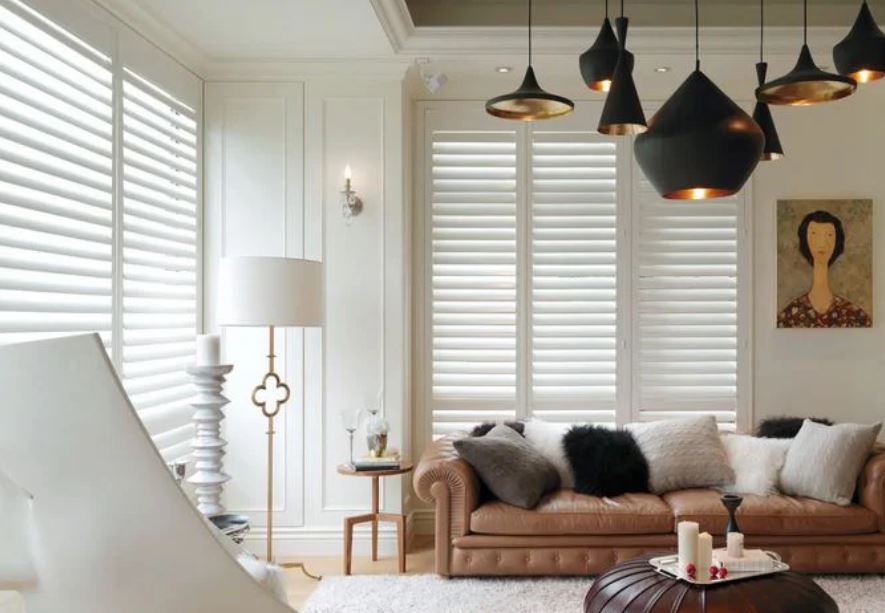In this comprehensive guide, A-One Blinds Tauranga will discuss the best window blinds for wet areas, specifically in bathrooms and kitchens. We'll cover essential factors to consider, as well as the advantages and drawbacks of various blinds. Let's dive in and explore the ultimate window treatments for wet areas.
Factors to Consider for Wet Area Blinds
When selecting blinds for wet areas, such as bathrooms and kitchens, there are several factors to consider. Here are the top considerations:
- Moisture resistance: Blinds should be able to withstand high levels of humidity and moisture.
- Durability: Blinds should be resistant to wear and tear, ensuring longevity.
- Ease of cleaning: It's essential that the blinds are easy to clean and maintain.
- Privacy: Choose blinds that provide adequate privacy for bathrooms.
- Light control: Opt for blinds that offer flexibility in controlling natural light.
The Top Blinds for Wet Areas
There are various blinds that cater to the unique requirements of wet areas, each offering its distinct advantages and disadvantages.
Venetian Blinds
Venetian blinds provide the elegant look of wooden blinds but with the added benefit of being moisture-resistant.
Advantages:
- Highly moisture-resistant and suitable for wet areas.
- Provide the warm, timeless appearance of wooden blinds.
- Excellent insulation properties, helping regulate indoor temperature.
Disadvantages:
- Typically heavier than real wood, which may require stronger installation brackets.
Aluminium Venetian Blinds
Aluminium venetian blinds offer an affordable, moisture-resistant window treatment solution for wet areas.
Advantages:
- Cost-effective, providing great value for money.
- Lightweight and easy to install.
- Rust-resistant and suitable for wet environments.
Disadvantages:
- Can be prone to denting and damage.
- Lacks the warmth and aesthetic appeal of wooden blinds.
Vertical Blinds
Vertical blinds, particularly those made from moisture-resistant materials like PVC, are well-suited to wet areas.
Advantages:
- Excellent light control, allowing for privacy and natural light adjustment.
- Easy to clean and maintain with a simple wipe-down.
- Versatile and suitable for a range of window sizes and shapes.
Disadvantages:
- May not provide the same level of insulation as other blind types.
- The aesthetic appeal may not suit all interior styles.
Additional Considerations for Bathroom and Kitchen Blinds
Aside from the materials and styles, there are other factors to keep in mind when selecting the perfect blinds for wet areas:
1. Measurement accuracy: Ensuring accurate measurements of your windows will guarantee a perfect fit for your blinds.
2. Professional installation: For best results, it's advisable to have your blinds professionally installed to avoid any potential issues.
3. Safety precautions: If you have children, it's crucial to consider child safety features, such as cordless blinds or safety clips for cords.
4. Budget considerations: While you want the best quality blinds, it's essential to find a balance between cost and quality to suit your budget.
Conclusion
In summary, the perfect blinds for wet areas in bathrooms and kitchens are those that offer moisture resistance, durability, ease of cleaning, privacy, and light control. PVC roller blinds, venetian blinds, aluminium venetian blinds, and vertical blinds are all excellent choices, each with their unique benefits and drawbacks.
By taking the time to consider the factors outlined in this guide, as well as your individual preferences and budget, you'll be well-equipped to make an informed decision and select the ideal window treatments for your bathroom and kitchen wet areas.





